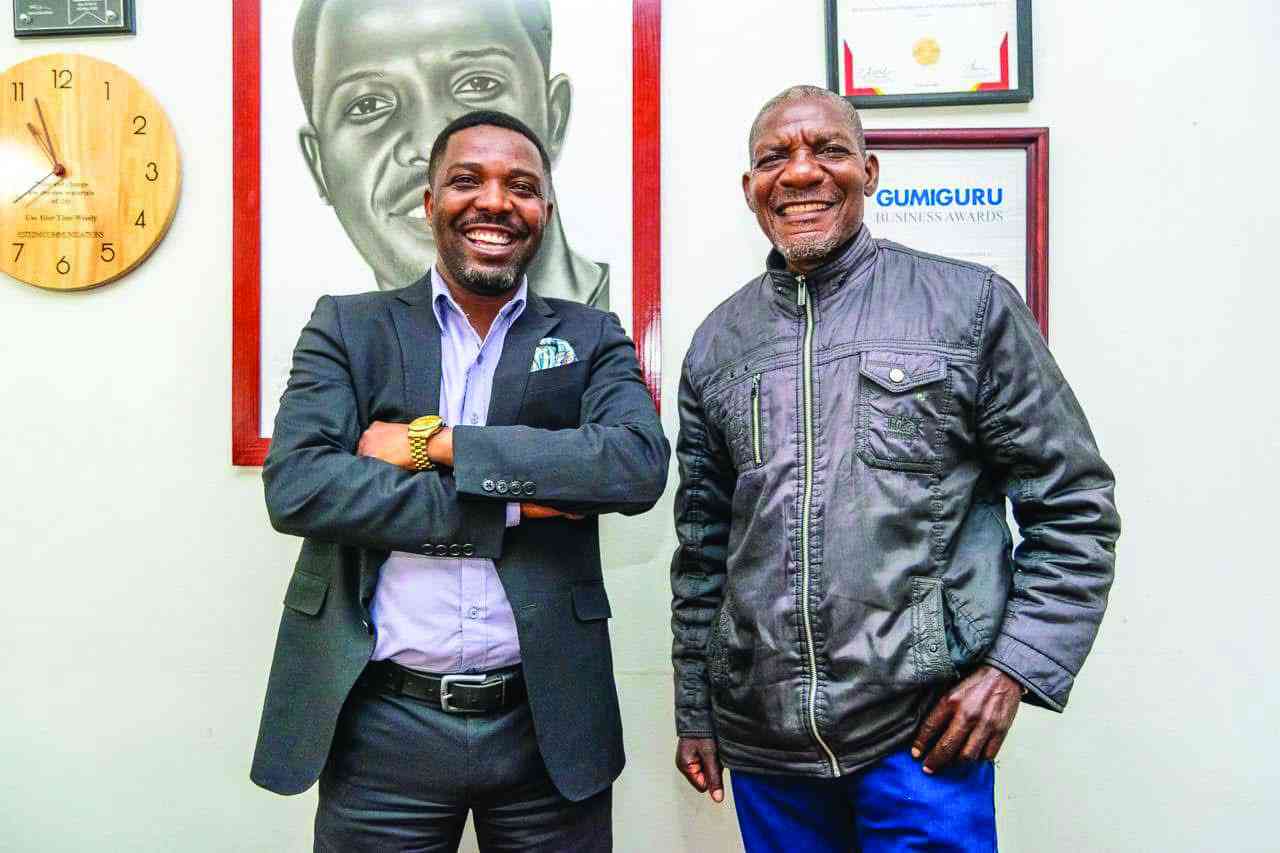
In an age where everyone with a social media account considers themselves a critic, Zimbabwe’s creative industries are navigating precarious crossroads.
The democratisation of platforms like X, Facebook, and Instagram has given rise to a culture where instant opinions often uninformed or reactionary carry as much weight as well-researched critiques.
For Zimbabwean art to thrive, this tide of shallow criticism must give way to constructive engagement that prioritises growth, originality, and cultural identity.
The arts have always been a mirror of society, reflecting its struggles, triumphs, and aspirations.
Yet, in Zimbabwe, the mirror is increasingly clouded by an overload of superficial commentary.
Social media influence has birthed self-appointed critics whose motivation often leans more toward attention-seeking than genuine cultural dialogue.
A viral post on X or Facebook post can overshadow the work of an artist whose years of dedication and craftsmanship deserve deeper exploration.
While engagement is welcome, the question arises: is it contributing to artistic growth or merely feeding a cycle of instant gratification?
- Model uses fitness training to fight drug abuse
- Village Rhapsody: Rising suicide cases among men worrying
- Young voters could decide Zim’s 2023 presidential election: Will they?
- Politicians giving us nightmares — Police
Keep Reading
Criticism, at its best, should serve as a cornerstone for development.
In Zimbabwe’s arts scene, however, it often feels like a tool for tearing down rather than lifting up.
This destructive tendency is antithetical to the purpose of the creative industries, which thrive on collaboration, inspiration, and the fostering of talent.
Imagine if every review, instead of highlighting flaws without context, offered suggestions for improvement or celebrated the cultural nuances that define Zimbabwean art.
Cultural eclecticism has long been a hallmark of Zimbabwe’s identity.
From traditional mbira melodies to the contemporary fusion of Afro-jazz and hip-hop and mangoma, the nation’s artists embody the dynamic interplay of heritage and innovation.
However, the pressure to conform to trends dictated by global pop culture, amplified by unhelpful critiques, risks diluting this authenticity.
For Zimbabwean art to retain its unique voice, critics must shift from fault-finding to nurturing artistic talent.
What Zimbabwe needs is a shift toward knowledge-based criticism — a framework where critiques are grounded in research, cultural understanding, and an appreciation for the creative process.
Constructive feedback, rooted in empathy and expertise, has the power to transform an artist’s trajectory.
For example, a playwright criticised for a lack of depth in their narrative might benefit from recommendations on incorporating Zimbabwean folklore or exploring contemporary societal themes.
This approach not only uplifts the artist but also enriches the audience’s experience. Furthermore, the emphasis must move beyond criticism to action. If an album lacks polish, why not suggest collaborations with experienced producers?
If a painting lacks emotional resonance, perhaps a workshop on storytelling through visual art could help.
Solutions-based criticism emphasises practical support and invests in the artist’s journey rather than tearing it apart at the finish line. Zimbabwe’s cultural legacy demands that its arts sector not only entertains, but also educates and inspires.
To achieve this, the industry needs critics who recognise the bigger picture; a landscape where art connects generations, bridges divides, and speaks to the world.
The role of criticism, then, is not to diminish but to amplify; and not to obscure but to illuminate. As consumers of art, we must ask ourselves this question : are we part of the problem or the solution?
Are we engaging with Zimbabwean creativity in ways that strengthen its foundations, or are we contributing to the erosion of its authenticity?
True critics understand that their words carry power to shape narratives, and influence public perception, and chart the course of artistic evolution.
The future of Zimbabwean creativity hinges on a collective effort to foster an environment where artists feel supported and empowered to push boundaries.
By shifting the focus from tearing down to lifting up, we can usher in a new era for Zimbabwean arts; and one where originality is celebrated, criticism is constructive, and every voice adds value to the cultural dialogue.
Instead of critiquing Zimbabwean art for being "too local" or insular, stakeholders should actively facilitate cross-cultural projects.
Collaborating with global artists can elevate the artistic dialogue while still preserving Zimbabwe’s unique identity.
For instance, a musician blending the mbira with electronic beats can demonstrate the universal appeal of Zimbabwean soundscapes while remaining rooted in cultural authenticity.
Similarly, social media critics often focus on what’s lacking in local art, but constructive engagement could shift this narrative by helping artists improve their online presence. Workshops on digital marketing and content optimization could empower creators to showcase their work more effectively on global platforms like Instagram, TikTok, or YouTube, reaching audiences beyond nostalgic diasporans.
Instead of lamenting the lack of global recognition, critics could also support and advocate for Zimbabwean artists to participate in international exhibitions and festivals.
Lobbying for a Zimbabwean pavilion at the Venice Biennale or promoting local films to global streaming services could bring meaningful visibility.
At the same time, the focus should shift to encouraging artists to tell stories with universal appeal while maintaining cultural specificity.
Adapting Zimbabwean folklore into graphic novels or animations, for example, could captivate international audiences’ imaginations, much like how the movie "Black Panther" did with African-inspired aesthetics.
Critics often point out the shortcomings in local production values, but practical steps to elevate these should also be part of the discourse.
Mentorships, funding for equipment, and technical training can enable artists to create films, music, and visual art that meet global expectations without losing their Zimbabwean essence.
Additionally, constructive criticism should include actionable advice on expanding reach.
Recommending subtitles or translations for Zimbabwean films and documentaries can help bridge the language barrier and make the work accessible to French, Spanish, or Mandarin-speaking audiences. Innovation in Zimbabwean art can also be amplified through digital and interactive mediums.
Instead of lamenting a perceived lack of creativity, critics could encourage solutions like developing Zimbabwean-themed video games or augmented reality (AR) galleries.
These formats engage diverse, tech-savvy audiences and showcase local creativity in new and compelling ways.
Critics could further suggest that artists build global networks and partnerships, fostering ties with international organizations and cultural bodies to open doors for Zimbabwean art to be part of larger conversations and markets.
Constructive criticism should highlight what Zimbabwean art is already doing well while offering suggestions for growth.
Instead of lamenting a lack of originality, it would be more productive to champion art that authentically reflects Zimbabwe’s eclectic culture while encouraging artists to explore new mediums or narratives.
At a systemic level, criticism can be directed toward addressing the barriers faced by artists, such as advocating for government policies that support global art exports, provide tax incentives, or fund international collaborations.
These measures would ensure that Zimbabwean artists have the tools they need to thrive globally.
By fostering a culture of constructive engagement, critics can play an active role in helping Zimbabwean art evolve and reach new heights.
This approach champions originality, supports global visibility, and celebrates the eclectic richness of Zimbabwean creativity, ensuring that it resonates with a diverse, international audience.
Ultimately, critics have the potential to act as catalysts for positive change, lifting Zimbabwean art rather than tearing it down.
n Raymond Millagre Langa is a musician, poet, orator, independent researcher and founder of Indebo edutainment Trust. You can follow on Face Book @Millagre Ray Langa, on X you can follow on #Millagre Langa, email. millagrepapito@gmail.com or indebotrust@gmail.com.










